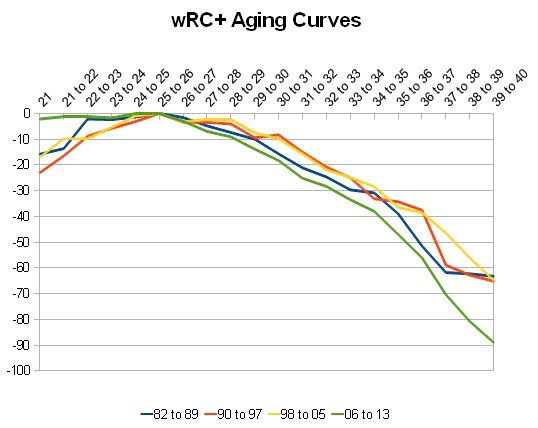Maximizing the Minor Leagues
Throughout each level of the minor leagues, a lot of time and effort is devoted to travel. A more productive model would be for an entire level playing in one location. Spring training’s Grapefruit and Cactus Leagues are a great example. Like spring training, the goal of the minor leagues is to develop, not to win. In this system, players would have more time to work on strength, durability, and skill development. This system could be in effect until the prospect reaches Double-A. At that level, players could start assimilating themselves to playing ball all over the map. However, this is merely a pipe dream. The more realistic option to improving the minor leagues would be to raise each player’s salary.
In 2014, three ex-minor-league baseball players filed a lawsuit against Major League Baseball, commissioner Bud Selig and their former teams in U.S. District Court in California. Sports Illustrated attorney and sports law expert, Michael McCann, explained their case.
“The lawsuit portrays minor league players as members of the working poor, and that’s backed up by data. Most earn between $3,000 and $7,500 for a five-month season. As a point of comparison, fast food workers typically earn between $15,000 and $18,000 a year, or about two or three times what minor league players make. Some minor leaguers, particularly those with families, hold other jobs during the offseason and occasionally during the season. While the minimum salary in Major League Baseball is $500,000, many minor league players earn less than the federal poverty level, which is $11,490 for a single person and $23,550 for a family of four….
The three players suing baseball also stress that minor league salaries have effectively declined in recent decades. According to the complaint, while big league salaries have risen by more than 2,000 percent since 1976, minor league salaries have increased by just 75 percent during that time. When taking into account inflation, minor leaguers actually earn less than they did in 1976.”
Like many big corporations, MLB teams would never increase minor-league salary just because it is the right thing to do. What’s in it for them? Think about it like this.

At point A, when the average MiLB player has a wage set at W2, the player will take Q2 hours out of the day to work toward baseball. As you can see, there is room to improve, as point B is optimal. Accomplishing point B would mean increasing a player’s salary to W1. In turn, players could afford to take Q1 hours out of the day toward baseball. With most minor-league players needing to find work in the offseason or even during the baseball season, a raise in salary would give them the opportunity to be full-time baseball players. These prospects would spend more time mastering their craft, speeding up the developmental process.
With a season as long as 162 games, there is no telling how much depth could be needed in a given year. Just ask the Mets. That’s why it is important to maximize the development in a team’s farm system. At the end of the day, this is merely a marginal benefit. It will not take an organization’s farm system from worst to first. However, it only takes one player that unexpectedly steps up in September to alter a playoff race, proving worth to the investment.
 The Brewers would have to be in love with Napoli’s ability to swing the stick for the club to decide to pull the trigger. But a 35-year-old slugger with poor defense is likely not a good fit for any National League team, let alone the rebuilding Brewers.
The Brewers would have to be in love with Napoli’s ability to swing the stick for the club to decide to pull the trigger. But a 35-year-old slugger with poor defense is likely not a good fit for any National League team, let alone the rebuilding Brewers.